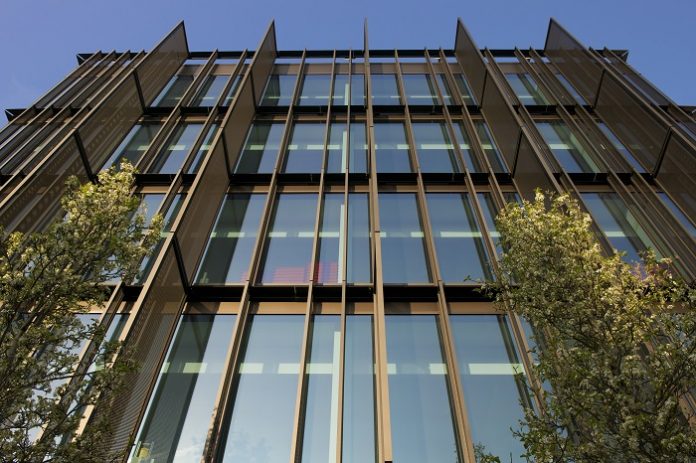Universities’ estates costs have remained stable over the past five years despite increasing pressures, the Association of University Directors of Estate’s (AUDE) annual report reveals.
These operational savings, along with access to affordable debt, are enabling institutions to continue to invest substantially in their estate, with new buildings and the refurbishment of older ones, says the report.
The report finds that new and refurbished buildings are being maintained within the existing budget cost of the older estate. Income per m2 is also increasing, particularly in relation to teaching space, which indicates that more students are passing through the same space. But challenges remain with research income not increasing at the same rate.
Repairs and maintenance continues to be the largest single element in the Total Property Costs for institutions, with energy costs in second place. While energy costs have risen significantly in importance as an element of cost, repairs and maintenance is still the single largest cost element.
The first half of the past decade saw property costs rising significantly year on year to a maximum average cost of more than £90 per m2 per annum, but the next five years have seen property costs held at that figure.
The report shows that whilst some institutions have particularly expensive estate to operate, the running costs for majority of institutions are within 20% of the mean figure of £91 per m2.
Most institutions spend similar amounts on their estates, with 50% of institutions spending between £75 and £125 per m2 per annum.
About 75% of all institutions operate within + or – 5m2 of the mean space per full time equivalent staff or student. There has been a steady increase in the amount of specialised space, whilst general space has reduced.
The report highlights a number of key performance metrics that aim to help institutions understand both how the sector is performing as a whole, and how these metrics can help to inform individual institutions as to their performance. This ‘dashboard’ of eight key performance indicators fall within four main categories, which include efficiency.
Commenting on the report, Professor Sir Ian Diamond, principal and vice chancellor of the University of Aberdeen, said: “The sector as a whole is still faced with many challenges. As the market becomes ever more competitive – and the funding environment remains as challenging as ever – we will all continue to strive to improve the student experience and speaking to students has informed us that one key driver will be having excellent, well-maintained facilities.’
You can access Higher Education Estates Statistics Report 2015 via the AUDE website:








